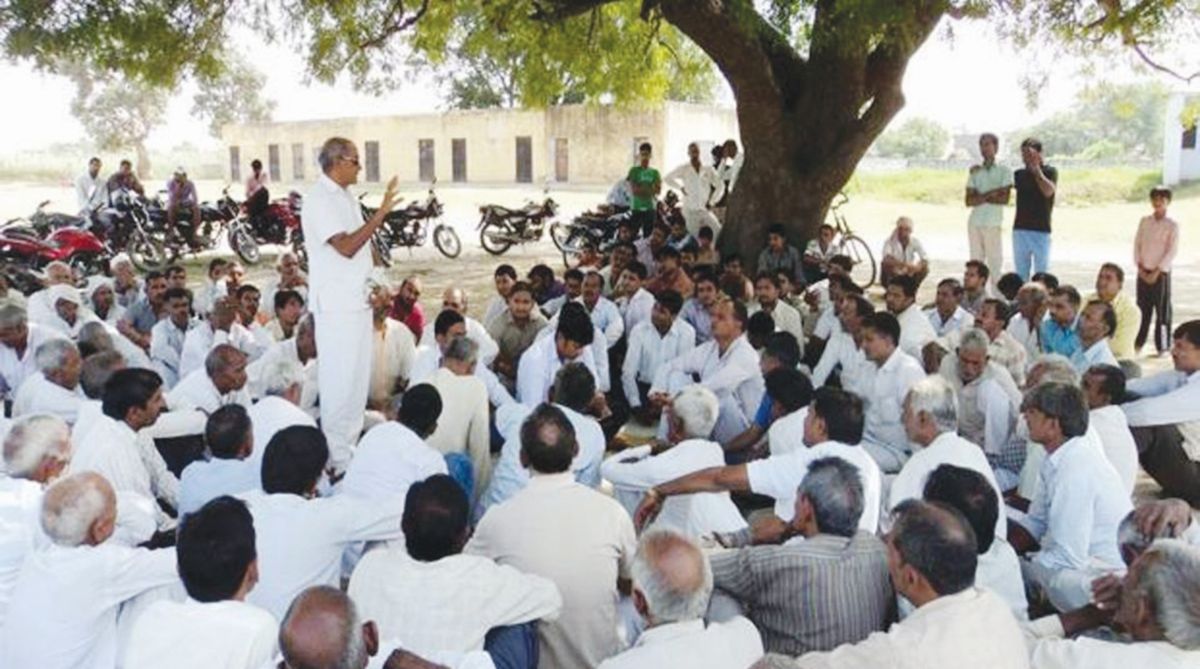National Panchayati Raj Day is celebrated on April 24 every year to commemorate the panchayati raj system, one of the foundations of Indian democracy. The day is observed to mark the historic day of April 24, 1993 when the Constitution (73rd Amendment) Act, 1992, came into force.
The panchayati raj system in India is divided into three categories that include gram panchayat at the village level, block panchayat or panchayat Samiti at the intermediate level, and Zila panchayat at the district level.
Advertisement
Mahatma Gandhi advocated panchayati raj, a decentralised form of governance where each village is responsible for its own affairs, as the foundation of India’s political system. The term for such a vision was Gram Swaraj (“village self-governance”).
The system gives responsibility to the villages to perform their own activities. The significance of panchayats lies in grassroots democracy, local governance, inclusive and economic development, transparency and accountability.
Balwant Rai Mehta introduced the scheme of ‘democratic decentralisation’ which finally came to be known as panchayati raj. Therefore, he is recognised as Father of Panchayati Raj. The concept of self-governance has helped in the functioning of the panchayat system in the country.
National Panchayati Raj Day came into effect on April 24, 2010. As per the 73rd Amendment Act 1992, the grassroots level power was decentralised and the foundation of the institution known as Panchayati Raj began. Therefore, the Ministry of Panchayati Raj considers it National Panchayati Raj Day.
According to recent data, there are a total of 2.51 lakh panchayats in India, consisting of 2.39 lakh Gram Panchayats, 6904 Block Panchayats, and 589 District Panchayats. These panchayats are supported by over 29 lakh panchayat representatives who work towards the development and welfare of their respective areas.
The panchayati raj today is functional in every village as a system of governance with the gram panchayats as the basic units of local administration. Currently, the Panchayati Raj system exists in all states and Union Territories except Nagaland, Meghalaya, Mizoram and Delhi.









